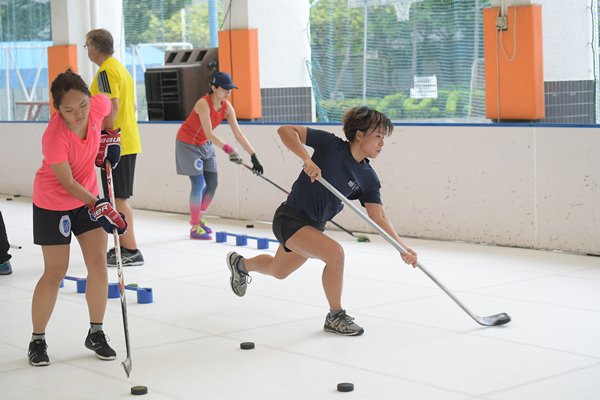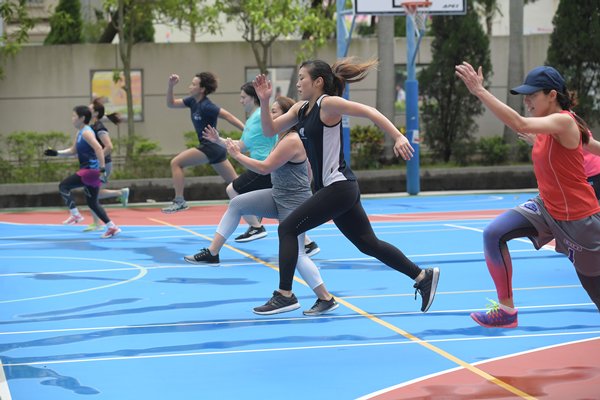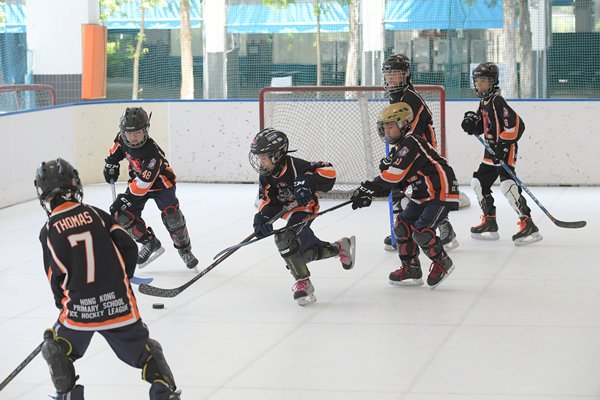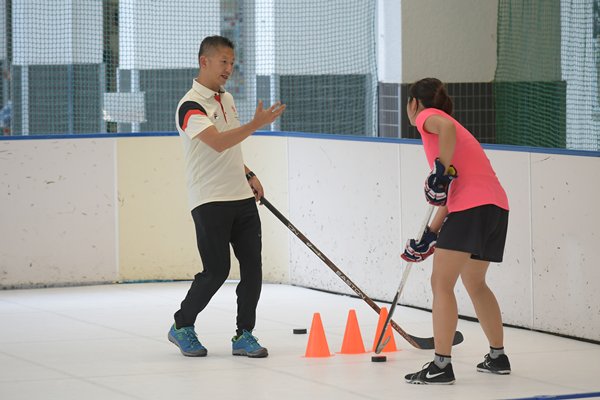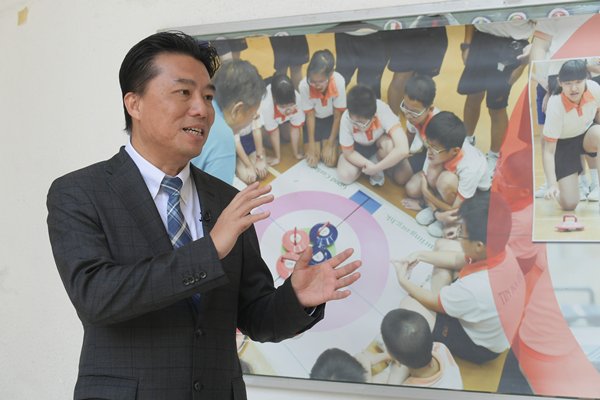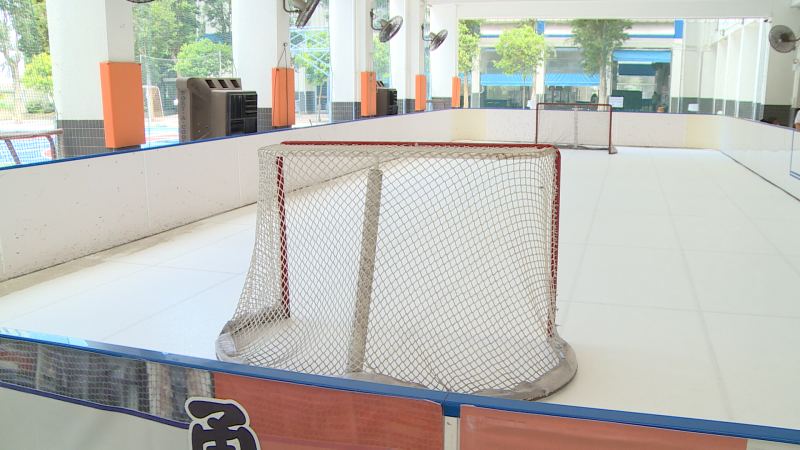School facilities boost HK sports
Ice rinks are not commonplace in sub-tropical Hong Kong, a major challenge facing the Hong Kong Women’s National Ice Hockey Team.
To overcome this obstacle, the team trains at a synthetic ice rink belonging to Yan Oi Tong Tin Ka Ping Primary School through a government scheme.
Players can consistently train at the school’s rink, something the team’s assistant coach Kin Ng said is very helpful for his players’ development.
“Before this scheme starts, there is basically no way we can find a school for training,” Mr Ng said.
“The (synthetic) ice rink obviously can help with stick-handling skill and even skating skill.”
The Hong Kong Ice Hockey Association, which manages the team, applied to use the school’s synthetic ice rink through the Opening up School Facilities for Promotion of Sports Development Scheme jointly implemented by the Education Bureau and the Home Affairs Bureau.
The scheme was launched in the 2017-18 school year with the objective of increasing the provision of sports facilities, while enhancing sporting culture at schools.
It encourages public sector schools to open up their facilities, including playgrounds, school halls and activity rooms, to sports organisations during weekends, school holidays and after school hours on weekdays.
Mutual benefits
Yan Oi Tong Tin Ka Ping Primary School Headmaster Wong Yuet-ming said the scheme benefits his school.
“We have this facility, quite unique. This facility can be used by some suitable (groups). The team also provides us with other resources such as their coach,” said Mr Wong.
He hopes the students can learn more about ice hockey by watching the team train.
“Our school is enthusiastic about ice hockey. The students watch the players train and they can learn to be strong and confident while playing themselves,” he said.
Apart from receiving booking fees from sports organisations, participating schools can get up to $80,000 each academic year from the Government to cover expenses.
“Ice hockey requires special storage. We use the subsidy to buy the equipment and also to maintain the synthetic ice rink. It lessens our financial burden,” Mr Wong said.
Further funding
In the 2017-18 school year, 17 sports organisations have held 45 sports programmes in 15 schools under the scheme. These programmes include squad training, young athletes training and district sports activities, including basketball, volleyball, archery, badminton, baseball and table tennis.
For the 2018-19 school year, the scheme’s subsidy will be increased from $20,000 to $30,000 for the first programme, and from $15,000 to $20,000 for each subsequent programme. The subsidy cap will be increased to $130,000 per school.
The initiative will also be expanded to Direct Subsidy Scheme schools. Participating schools are encouraged to waive booking fees for non-profit sports organisations.
The scheme is now accepting applications from sports organisations for the 2018-19 school year. Application forms can be submitted to the two bureaus before August 17.
For enquiries, contact the Home Affairs Bureau at 3509 8078.
